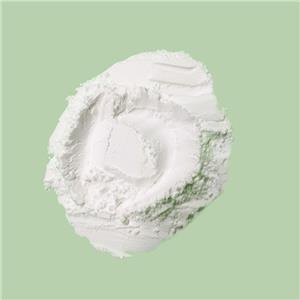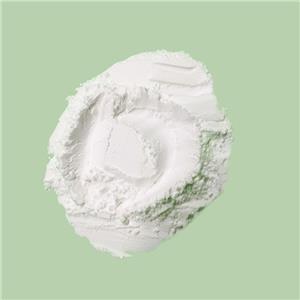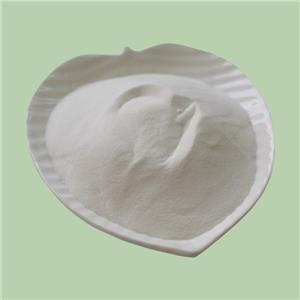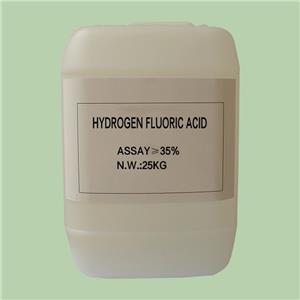How Aluminum Fluoride (AlF₃) Enhances Efficiency in Aluminum Production
Aluminum production is a complex industrial process that requires the precise management of chemical reactions and material properties. Among the key components in this process is Aluminum Fluoride (AlF3), a compound that plays a crucial role in the electrolytic production of aluminum. This article delves into the specific applications of AlF3 in aluminum production, focusing on its functions, importance, and the underlying mechanisms that make it indispensable in the industry.

1、Overview of Aluminum Production
Aluminum is primarily produced through the Hall-Héroult process, an electrolytic method where aluminum oxide (Al2O3), also known as alumina, is dissolved in a molten electrolyte composed mainly of cryolite (Na3AlF6) and aluminum fluoride (AlF3). The process involves passing a direct current through the electrolyte, causing the aluminum ions to be reduced and deposited as pure aluminum at the cathode, while oxygen is released at the anode.
2、Aluminum Fluoride’s Role in Lowering the Melting Point
One of the critical challenges in aluminum production is managing the high melting point of pure alumina, which is about 2050°C. Such a high temperature is impractical for industrial-scale production due to the enormous energy costs. This is where AlF3 comes into play. When added to the electrolyte mixture, AlF3, along with cryolite, significantly lowers the melting point of the electrolyte, bringing it down to approximately 960°C. This reduction in melting point not only makes the process more energy-efficient but also allows for a more controlled and stable electrolytic environment.
3、Enhancing Electrolyte Conductivity
The efficiency of the electrolytic process in aluminum production is heavily dependent on the conductivity of the electrolyte. AlF3 contributes to the enhancement of this conductivity. By increasing the concentration of AlF3 in the cryolite-based electrolyte, the ionic mobility within the molten mixture is improved. This higher ionic mobility results in better electrical conductivity, ensuring that the electric current required for the electrolysis of alumina is efficiently conducted through the electrolyte. This increased conductivity is crucial for maintaining high production rates while minimizing energy consumption.
4、Optimizing the Electrolyte Composition
The composition of the electrolyte is a delicate balance that requires constant monitoring and adjustment. The molar ratio of sodium fluoride (NaF) to aluminum fluoride (AlF3), often referred to as the cryolite ratio, is a key parameter in this process. Typically, an optimal ratio of 2.2 to 2.8 is maintained. AlF3 is added to the electrolyte to adjust this ratio as needed, ensuring the electrolyte's viscosity, density, and melting point remain within the desired range. This precise control is essential for the stability of the electrolysis process and the quality of the aluminum produced.
5、Protection Against Electrolytic Cell Corrosion
During the electrolysis process, the electrolytic cells used are subjected to harsh conditions, including high temperatures and reactive chemical environments. Over time, these conditions can lead to the corrosion of the cell linings, particularly in the cathode area. AlF3 helps mitigate this issue by forming a protective layer on the cell linings. This layer reduces the corrosive effects of the electrolyte on the cell materials, thereby extending the lifespan of the electrolytic cells and reducing the frequency of maintenance or replacement, which are costly and time-consuming operations.
6、Reducing Aluminum Loss Through Volatilization
At the elevated temperatures required for aluminum production, there is a risk of aluminum being lost through volatilization, where aluminum atoms escape from the molten bath as vapor. AlF3 plays a role in minimizing this loss by reacting with aluminum to form stable aluminum fluoride complexes. These complexes have a lower vapor pressure compared to pure aluminum, which reduces the tendency for aluminum to volatilize. This retention of aluminum in the molten bath increases the overall yield of the process, making the production more efficient and cost-effective.
7、Environmental and Economic Benefits
The use of AlF3 in aluminum production not only contributes to the technical efficiency of the process but also offers environmental and economic benefits. By lowering the energy requirements through reduced melting points and enhanced conductivity, AlF3 helps in decreasing the carbon footprint of aluminum production. Additionally, the improved efficiency and reduced material losses translate into lower operational costs, making the production process more economically viable.
Aluminum Fluoride (AlF3) is an indispensable component in the aluminum production industry. Its ability to lower the melting point of the electrolyte, enhance electrical conductivity, optimize electrolyte composition, protect against corrosion, and reduce material losses through volatilization makes it critical to the efficient and cost-effective production of aluminum. As the demand for aluminum continues to grow, driven by its applications in industries ranging from automotive to aerospace, the role of AlF3 in ensuring sustainable and efficient production will remain crucial. Understanding and optimizing the use of AlF3 in aluminum electrolysis is key to maintaining the competitiveness and environmental responsibility of the aluminum production sector.
This detailed overview highlights the multifaceted roles of Aluminum Fluoride in the aluminum production process, showcasing its importance not only in enhancing production efficiency but also in contributing to the economic and environmental sustainability of the industry.




